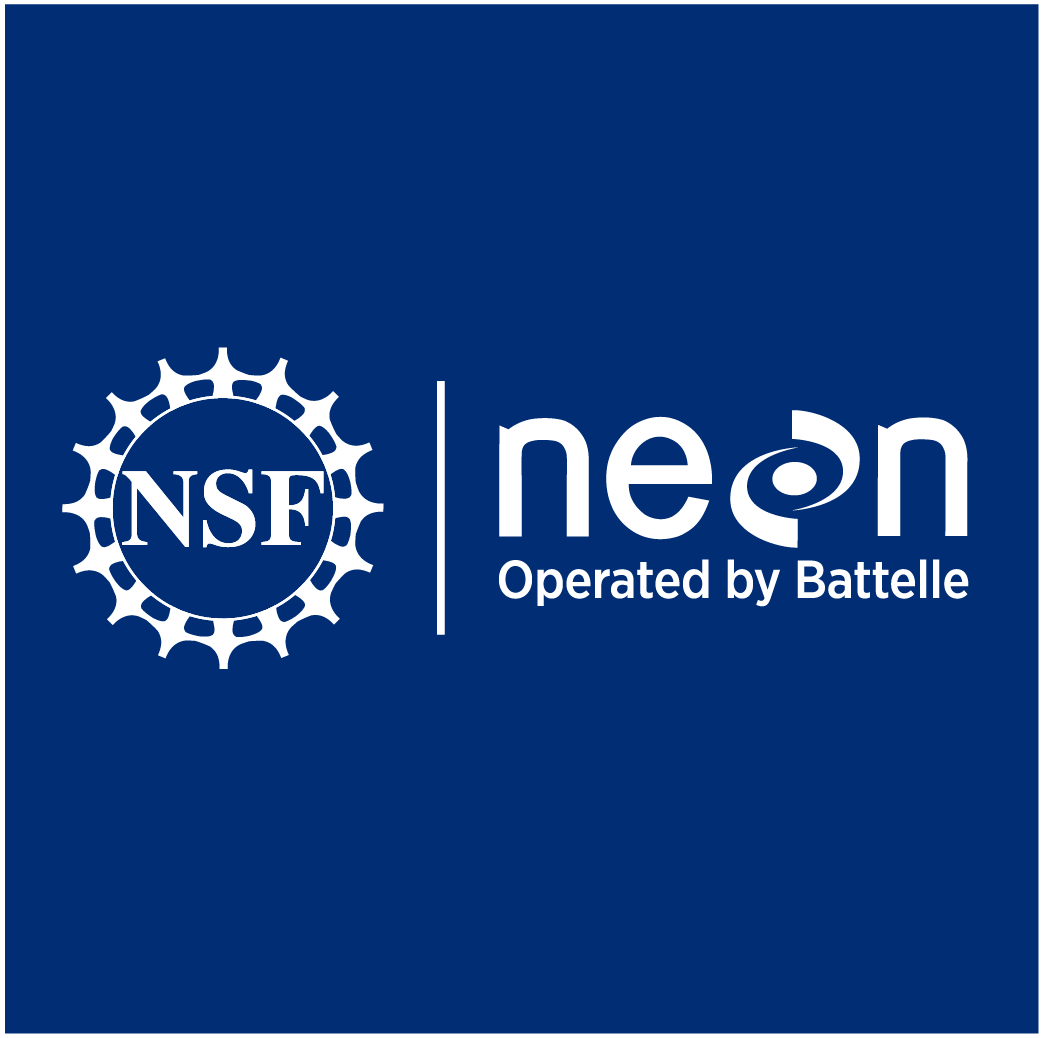NEON Data in the Classroom: Implementing and Adapting an Open Education NEON Resource “Quantifying the Drivers and Impacts of Natural Disturbance Events-The 2013 Colorado Floods” for the Southern California Classroom.
Author(s): Adriane Clark Jones
Mount Saint Mary's University
2230 total view(s), 3418 download(s)
Jones_NEON_FMN_2018.docx(DOCX | 18 KB)
NEON_CA_adaptation.xlsx(XLSX | 260 KB)
- Divisional Data Select
- Public Information Map
- CNRFC - Weather - Observed Precipitation
- https://data.giss.nasa.gov/gistemp/stdata/
- Climate Data Online (CDO) - The National Climatic Data Center's (NCDC) Climate Data Online (CDO) provides free access to NCDC's archive of historical weather and climate data in addition to station history information. | National Climatic Data Cente
- Quantifying The Drivers and Impacts of Natural Disturbance Events – The 2013 Colorado Floods | NEON
Jones_NEON_FMN_2018.docx(DOCX | 18 KB)
NEON_CA_adaptation.xlsx(XLSX | 260 KB)
- License terms
Description
In the spring of 2018 I participated in the National Ecological Observatory Network’s (NEON) Faculty Mentoring Network (FMN) hosted by QUBES (https://qubeshub.org/). As part of this community I implemented and adapted the interactive lesson “Quantifying the Drivers and Impacts of Natural Disturbance Events-The 2013 Colorado Floods” developed by Leah Wasser and Megan Jones (https://www.neonscience.org/tm-disturbance-events-co13flood). This lesson uses natural disasters and subsequent ecological disturbance events as a tool to illustrate the complexity of environmental science. The Colorado flood lesson explores: 1) drought, 2) precipitation, and 3) stream discharge as factors leading up to the intense floods of 2013. In southern California we rarely experience floods as natural disasters; however threats from fires and severe drought conditions are real-world problems that students constantly confront. Two recent examples are: 1) the state of California was in an official drought from 2011-2017, and 2) in December 2017 the Thomas fire located in Santa Barbara County burned 281,893 acres from Dec 4th to January 12th and the Skirball fire located in Los Angeles County burned 422 acres from Dec 6th through the 15th. Students at Mount Saint Mary’s University Chalon campus had to be evacuated and finals were postponed. I used the California drought and fires as personal examples to frame a lesson investigating the multi-layered environmental drivers of natural disasters in an introductory environmental science class for non-science majors.
Cite this work
Researchers should cite this work as follows:
- Jones, A. C. (2018). NEON Data in the Classroom: Implementing and Adapting an Open Education NEON Resource “Quantifying the Drivers and Impacts of Natural Disturbance Events-The 2013 Colorado Floods” for the Southern California Classroom.. NEON Faculty Mentoring Network, QUBES Educational Resources. doi:10.25334/Q4F43W
